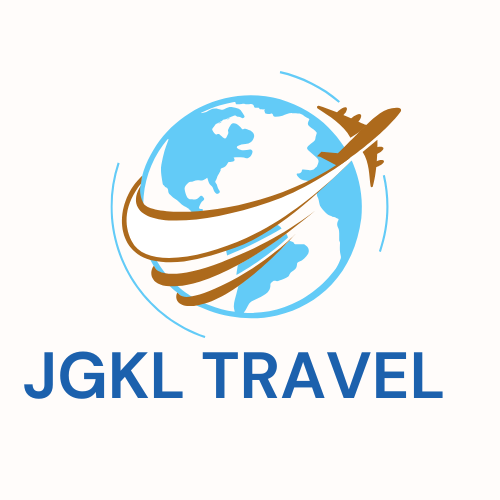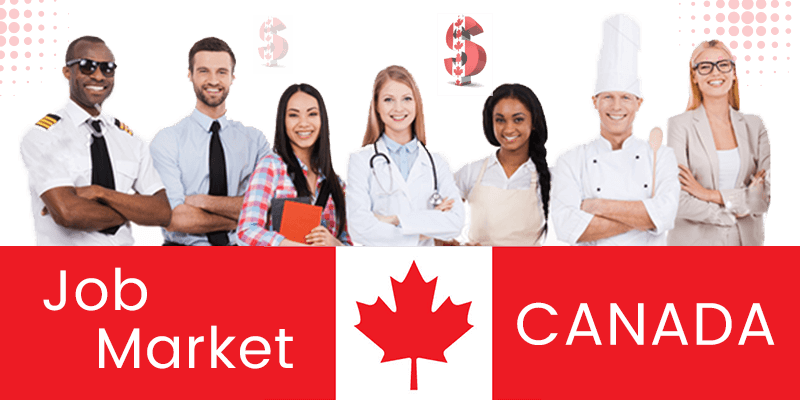Looking to move to Canada for work but unsure how to secure a job that offers visa sponsorship? You’re not alone. Thousands of skilled and unskilled workers from across the globe dream of working in Canada—thanks to its stable economy, high quality of life, and inclusive immigration system. Fortunately, Canada actively encourages foreign workers to fill labor shortages through visa sponsorship programs.
This post walks you through a step-by-step process to get a visa sponsorship job in Canada, highlighting high CPC keywords like “visa sponsorship jobs Canada,” “Canada work visa,” “Canadian employers sponsoring foreign workers,” and “Canada immigration 2025.”
Why Work in Canada?
Canada is a top destination for international job seekers due to:
- High-paying jobs across various sectors.
- Employer-friendly immigration policies.
- Pathways to permanent residency (PR) and citizenship.
- High demand for skilled and unskilled labor.
- Multicultural environment with global networking opportunities.
Some of the top industries hiring foreign workers include:
- Healthcare
- Construction
- Agriculture
- Hospitality
- Tech and IT
- Logistics and Transportation
Step 1: Identify In-Demand Occupations
Before anything else, check if your profession is listed as an in-demand occupation in Canada. This significantly increases your chances of receiving visa sponsorship from Canadian employers.
Visit the National Occupation Classification (NOC) website to confirm your job code and eligibility: 👉 https://www.jobbank.gc.ca/noc
Top in-demand jobs for 2025 include:
- Registered Nurses (NOC 31301)
- Truck Drivers (NOC 73300)
- Software Engineers (NOC 21231)
- Farm Workers (NOC 85100)
- Welders (NOC 72106)
- Construction Laborers (NOC 75110)
- Caregivers and Home Support Workers (NOC 44101)
Step 2: Prepare a Canadian-Style Resume and Cover Letter
Your resume must match the Canadian standards, which focus on clarity, relevance, and professionalism. Avoid lengthy documents; stick to 2 pages maximum and tailor each resume to the job.
Key tips:
- Highlight skills relevant to the Canadian job market.
- Include your language proficiency (English and/or French).
- Remove personal details like age, gender, and marital status.
- Use metrics to quantify achievements.
Use these tools to create or revise your resume:
Now it’s time to search for Canadian companies actively hiring foreign workers with visa sponsorship. Focus on the Temporary Foreign Worker Program (TFWP) and Global Talent Stream (GTS) for faster processing.
Top job portals to find visa-sponsored jobs in Canada:
Use search terms like:
- “LMIA approved employers”
- “Visa sponsorship jobs Canada”
- “Hiring foreign workers in Canada”
Step 4: Apply for Jobs and Secure a Job Offer
Once you find a suitable employer, submit your tailored application. If selected, your employer must obtain a Labour Market Impact Assessment (LMIA) to sponsor your work visa.
What is an LMIA? An LMIA is a document that a Canadian employer needs to hire a foreign worker. A positive LMIA shows there’s a need for a foreign worker and no Canadian is available to do the job.
Step 5: Employer Applies for LMIA
After you receive a job offer, your employer must apply for an LMIA through Employment and Social Development Canada (ESDC).
It generally takes:
- 8–12 weeks for regular processing
- 2 weeks under Global Talent Stream
Employers pay a CAD $1,000 LMIA fee per position.
More info: https://www.canada.ca/en/employment-social-development/services/foreign-workers/lmia.html
Step 6: Apply for a Work Permit
Once your employer gets the LMIA, you’ll receive a job offer letter, contract, LMIA number, and a copy of the LMIA, which are required for your work permit application.
Apply online at: 👉 https://www.canada.ca/en/immigration-refugees-citizenship/services/work-canada/permit/temporary.html
Documents required:
- Valid passport
- LMIA details
- Medical examination (if required)
- Proof of funds (in some cases)
- Police clearance certificate
Application fee: CAD $155
Step 7: Travel to Canada and Start Working
After approval, you will receive a Port of Entry (POE) Letter of Introduction and, in some cases, a temporary resident visa (TRV) or eTA (Electronic Travel Authorization).
You can now legally travel to Canada and begin working for your sponsor.
Here are a few reputable Canadian companies known for hiring and sponsoring foreign workers:
- Tim Hortons – Hospitality
- Magna International Inc. – Automotive manufacturing
- Maple Leaf Foods – Food processing
- Saputo – Dairy processing
- Sobeys Inc. – Grocery retail
- P&H Farming – Agriculture
- Bison Transport – Trucking
- Irving Shipbuilding – Maritime manufacturing
- Deloitte Canada – IT and business consulting
- Amazon Canada – Warehousing and logistics
Use the Canada’s verified employer list to confirm LMIA-approved employers.
Pathway to Permanent Residency (PR)
Most sponsored jobs can help you transition to permanent residency through the Express Entry or Provincial Nominee Program (PNP).
Express Entry Streams:
- Federal Skilled Worker Program (FSWP)
- Canadian Experience Class (CEC)
- Federal Skilled Trades Program (FSTP)
Provincial Nominee Programs (PNP): Check province-specific streams: 👉 https://www.canada.ca/en/immigration-refugees-citizenship/services/immigrate-canada/provincial-nominees.html
Key Takeaways
- Canada actively welcomes foreign talent through visa sponsorship jobs.
- Focus on in-demand sectors like healthcare, trucking, agriculture, and IT.
- Apply through verified job platforms and LMIA-approved employers.
- Tailor your resume to Canadian standards.
- The process includes securing a job offer, LMIA approval, and work permit application.
- Sponsorship jobs can be a stepping stone to Canadian permanent residency.
Frequently Asked Questions (FAQ)
1. Can I get a job in Canada without LMIA?
Yes, but only under specific LMIA-exempt categories, such as international agreements (like CUSMA), intra-company transfers, or public interest.
2. How long does it take to get a sponsored work visa in Canada?
Typically 2–6 months, depending on LMIA approval and work permit processing.
3. Can my family come with me if I have a sponsored job?
Yes. Spouses can apply for open work permits, and children can study in Canada.
4. What if my job offer gets revoked after I get the visa?
You must inform IRCC. Your visa may be revoked unless you get another LMIA-approved offer.
5. Can I switch employers after getting a sponsored visa?
Only if your new employer gets a fresh LMIA and you apply for a new work permit.
Conclusion
Getting a visa sponsorship job in Canada may seem challenging, but with the right strategy, resources, and persistence, you can make your Canadian dream a reality. Start with identifying your skill set, targeting the right employers, and following the legal process meticulously. Canada is ready to welcome skilled and dedicated workers like you.
Disclaimer
This post is for informational purposes only and does not constitute legal or immigration advice. Visa and job application processes are subject to change. For more information on policies, please refer to our Privacy Policy, Disclaimer, and Terms of Use.



